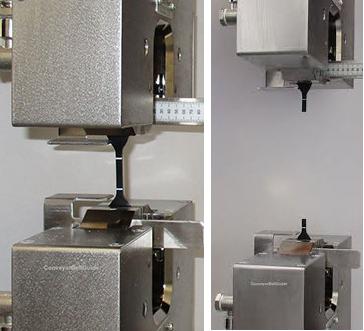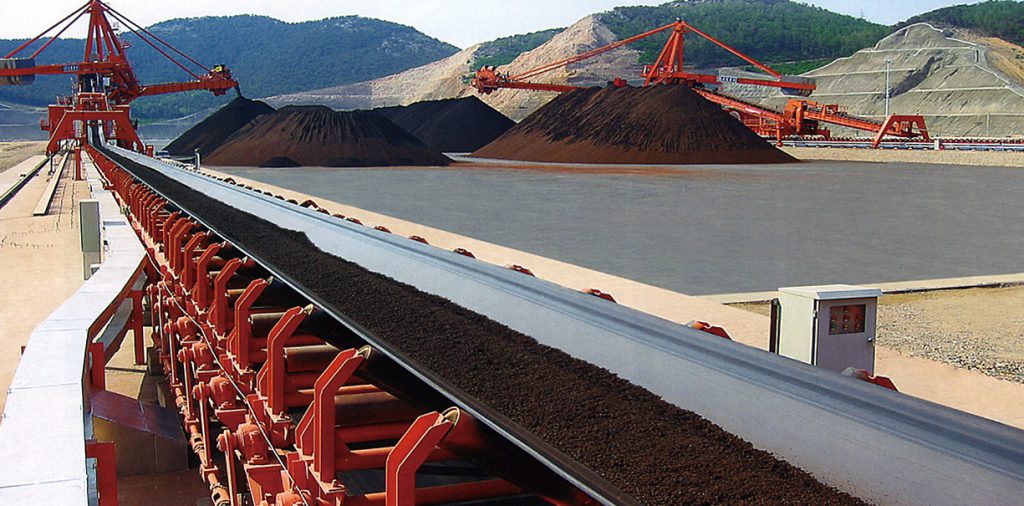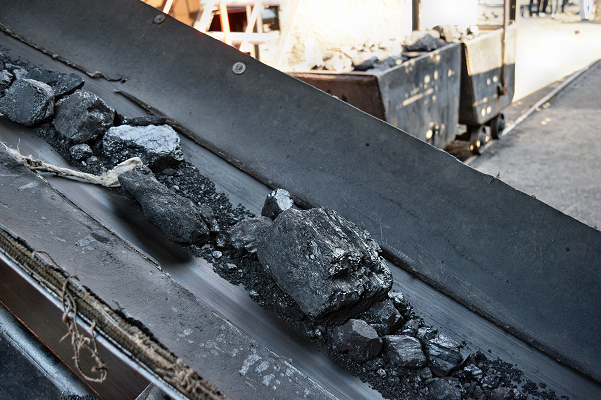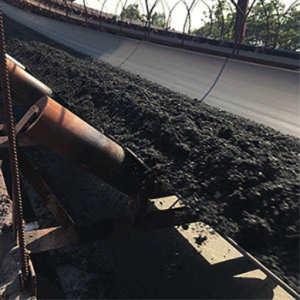How to Calculate PIW of Conveyor Belt?

So why do we calculate PIW? This is because the strength of a conveyor belt, whether it’s the carcass tension rating or ultimate breaking strength, represents the amount of force that can be applied to the belt. For example, a 3 ply EP conveyor belt is rated at 110 PIW per layer, which equates to 330 PIW conveyor belt. This is the maximum rated tension that the belt can operate without damage, exceeding theEP conveyor belt’s rated tension may cause breakage, overstretching, joint failure, etc., so it is important to calculate the PIW value in advance
Since the conveyor belt is one of the most important components in the conveyor system, it is obviously important to choose the right conveyor belt.
The tension members in a conveyor belt carcass provide the longitudinal strength to move the load and also withstand torque from the system start up. Belt tension is normally defined as required PIW (pounds per inch of width) and can be calculated using the following quick formula:
PIW=33,000(1+Cw)HP/SxW
- S = belt speed (ft/min)
- W = belt width (inches)
- HP = motor horsepower (nameplate)
- Cw = drive “wrap factor”

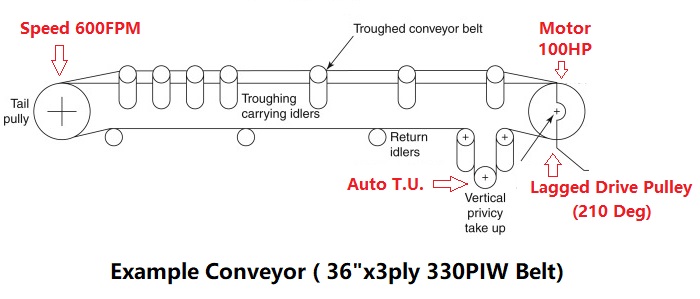
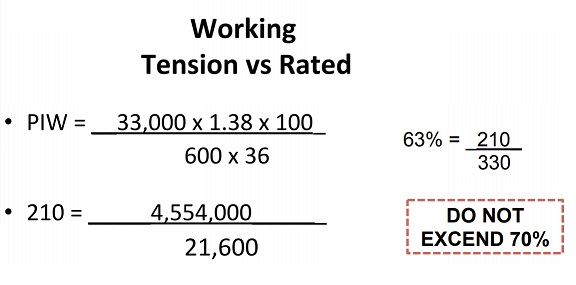
SUNGDA CONEYOR BELT CO.,LTD.

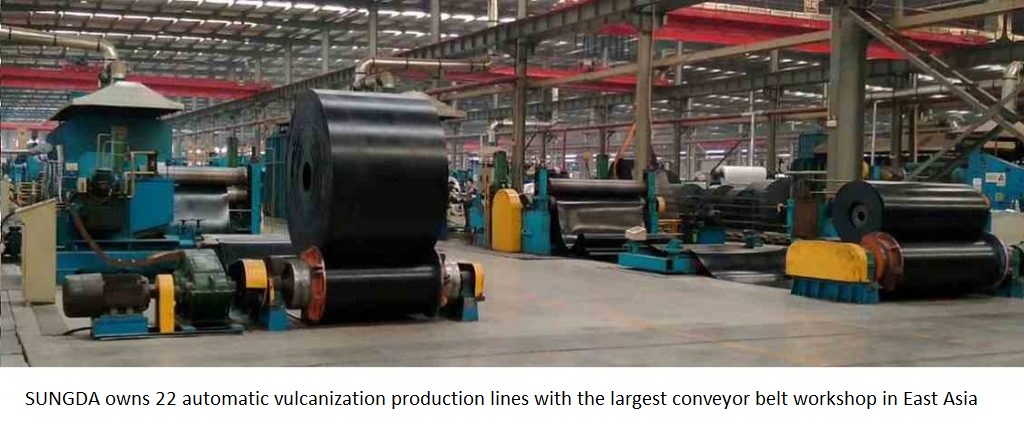

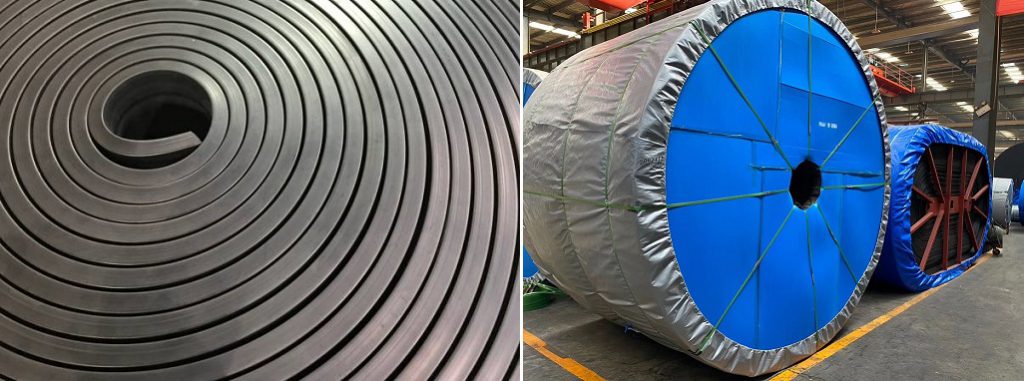

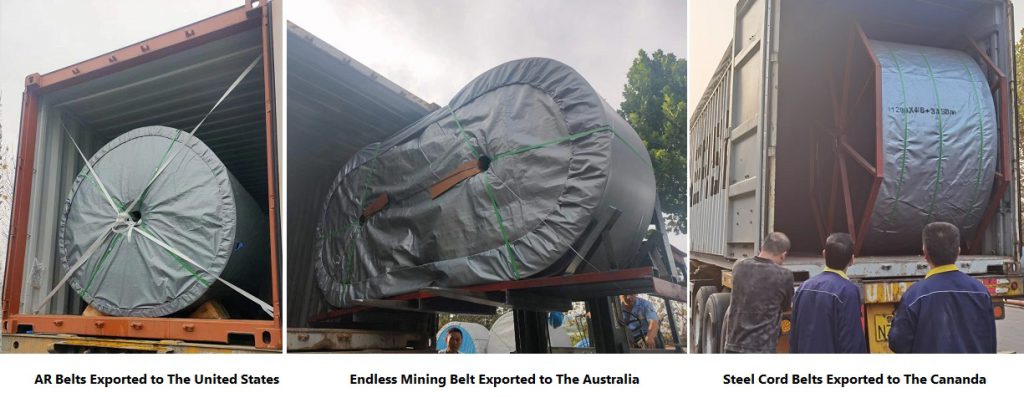
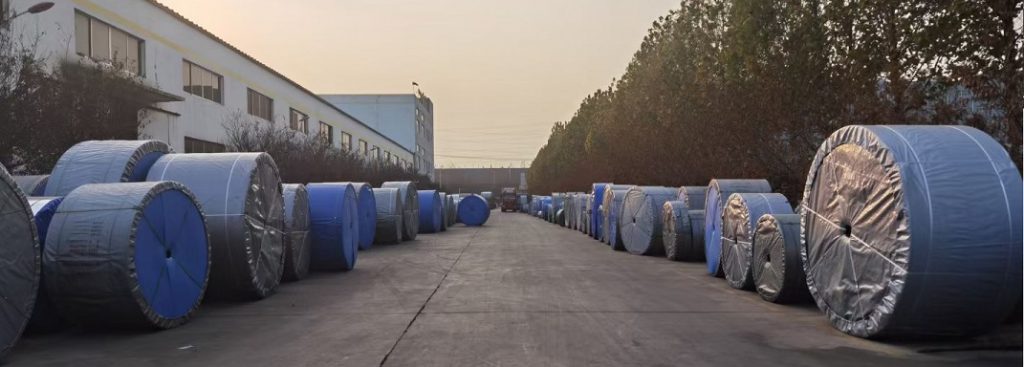
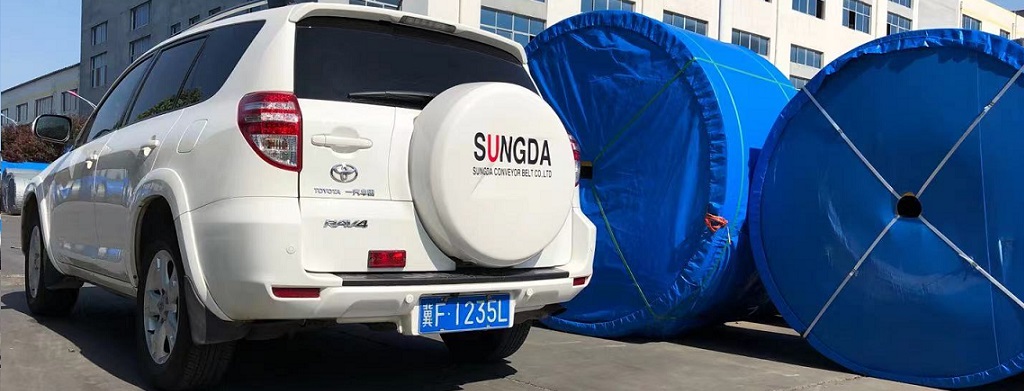

Tags: 330PIW,belt PIW selection,EP conveyor belt,formula,piw belt,RMA-I,RMA-II

